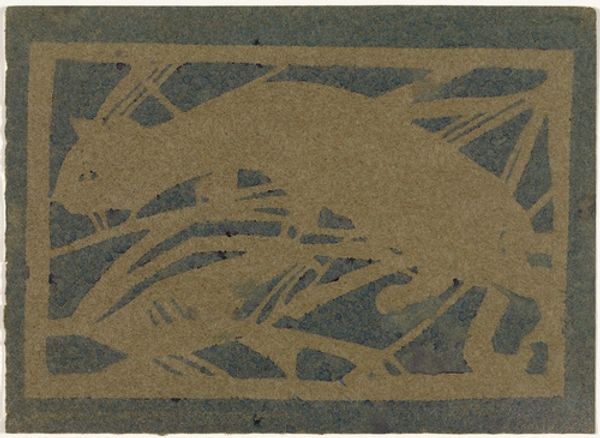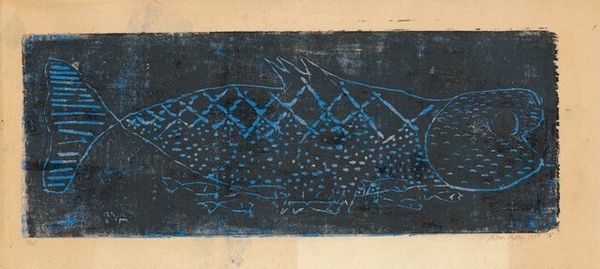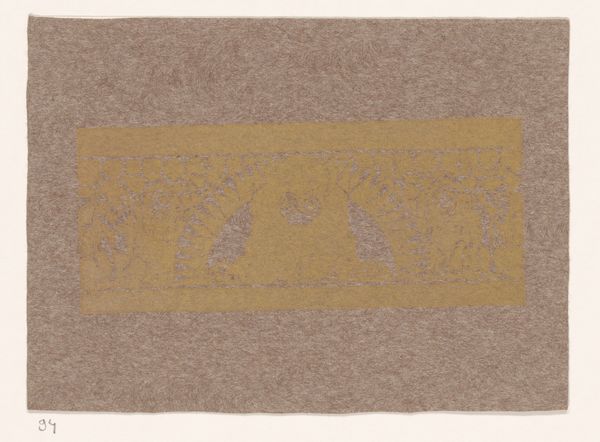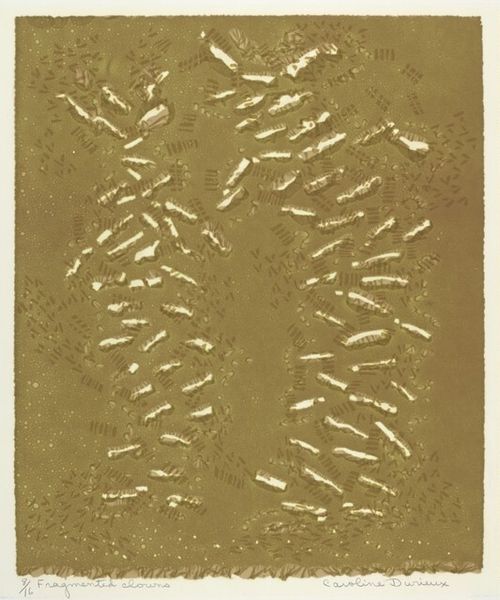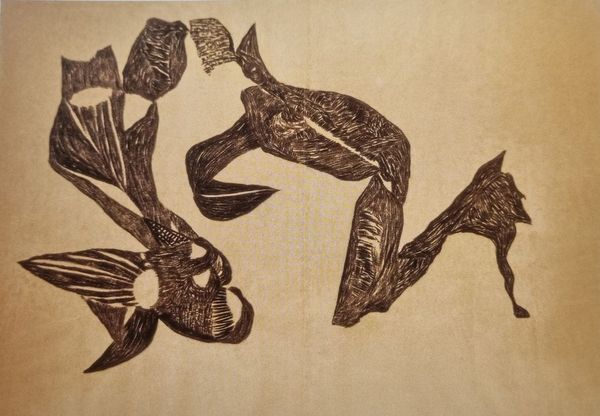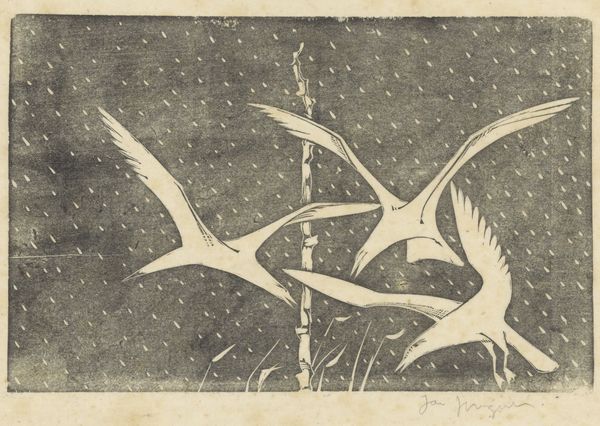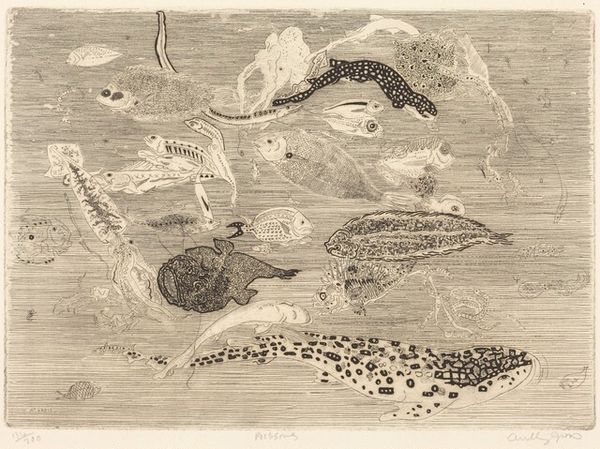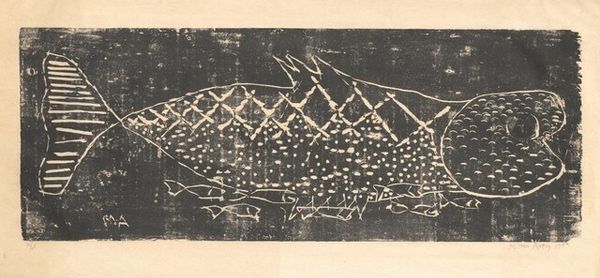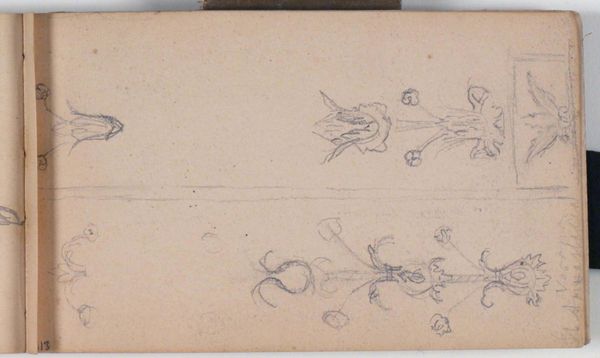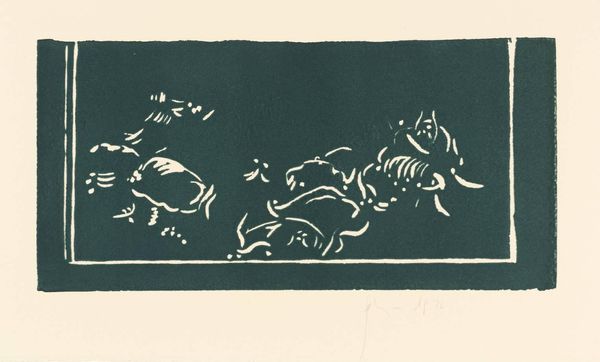
print, linocut, woodcut
#
linocut
# print
#
linocut
#
linocut print
#
geometric
#
woodcut
#
abstraction
Dimensions: block: 6.2 x 22.8 cm (2 7/16 x 9 in.) sheet (irregular): 16 x 30.5 cm (6 5/16 x 12 in.)
Copyright: National Gallery of Art: CC0 1.0
Editor: This is "Fish" by Milton Avery, a linocut print from 1952. It’s wonderfully simple, almost childlike in its execution. The muted green and the stark white of the fish create a really striking contrast. What captures your attention when you look at it? Curator: It's funny you say childlike! I'm struck by this piece's capacity to communicate volumes through just a few confident marks. It's a bit like a haiku— distilled essence. I see Avery's genius in stripping away the non-essential, arriving at something archetypal. The textures of the printmaking itself, do they conjure up something for you? Like a memory, or a feeling? Editor: I see what you mean, there is a primitive kind of quality here that appeals! The slightly imperfect texture does add character, almost like handmade paper. It makes it feel very tangible. It reminds me of vintage book illustrations actually. Curator: Yes! Absolutely! The artist isn't afraid to let the medium speak, those slight imperfections. Think about Avery's contemporaries, those abstract expressionists consumed by grand gestures and immense scale! Then we see this print…so humble in comparison. What do you suppose that signifies? Editor: Maybe it was his way of resisting that trend, going back to something more grounded and relatable? Like a quiet protest against the noise? Curator: Perhaps! Or perhaps it’s just Avery being Avery, wonderfully and stubbornly himself. Its beauty exists within its self-imposed limitations. Do you feel you can apply Avery's methodology to your own artistic practice? Editor: That's a cool point. Less is more and I definitely needed to be reminded. Curator: Indeed! Next time I go fishing I will never see fish the same way!
Comments
No comments
Be the first to comment and join the conversation on the ultimate creative platform.


